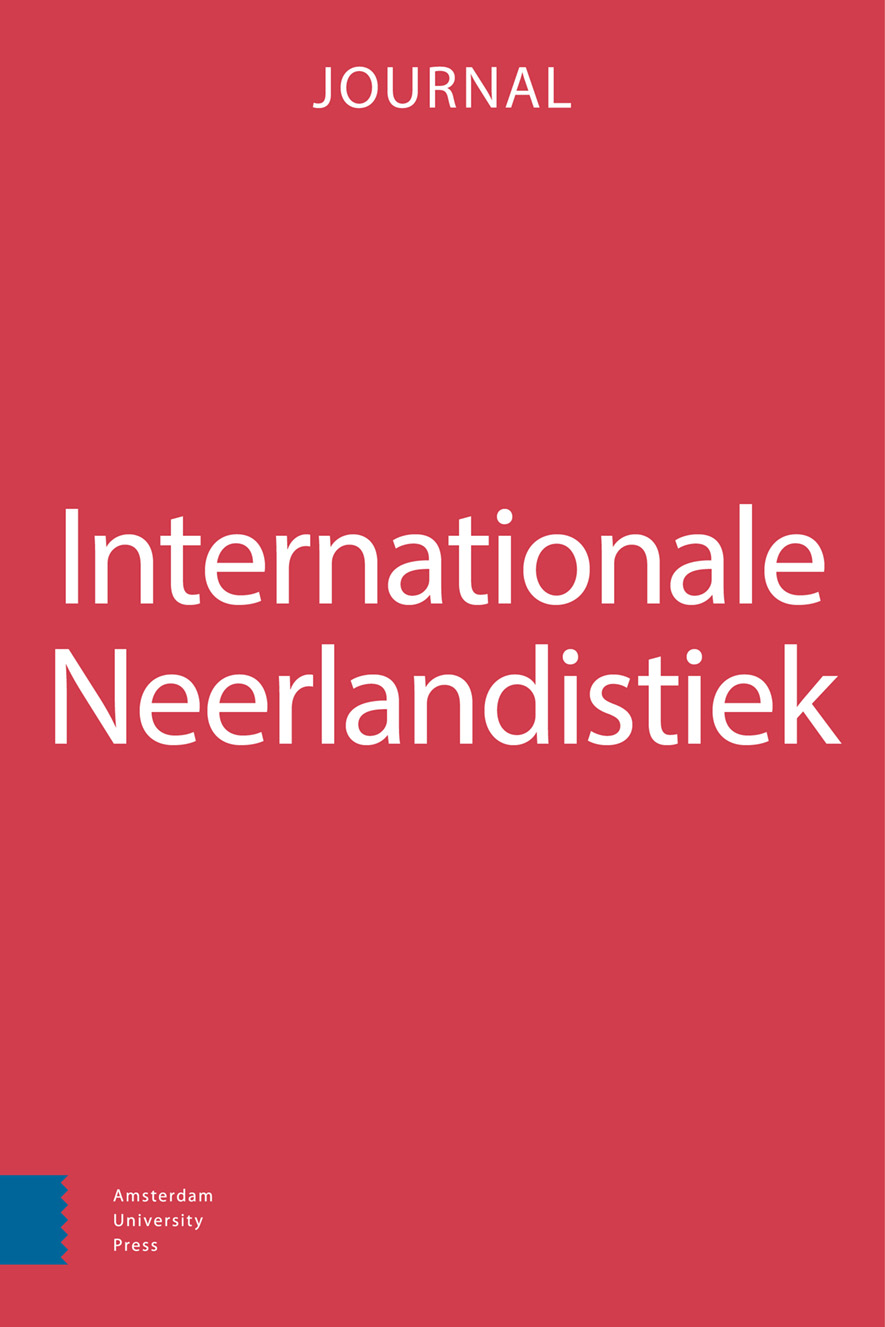-
oa Het taaltechnologische landschap van het Nederlands in een meertalig Europa
- Amsterdam University Press
- Source: Internationale Neerlandistiek, Volume 61, Issue 3, Dec 2023, p. 217 - 241
-
- 01 Dec 2023
- Previous Article
- Table of Contents
- Next Article
Abstract
Multilingualism is considered one of Europe’s fundamental cultural pillars. However, understanding between languages is hampered by the fact that the majority of European citizens only master one or two foreign languages, which leads to fragmentation. To overcome these language barriers, modern language technologies play a crucial role. Within the European Union, initiatives are being undertaken to create a common and sustainable language infrastructure, in which the strongly technology-supported Dutch language has a prominent position. Machine translation is one of the main application areas of language technology, and Dutch is integrated into all major online translation systems. Since translation goes hand in hand with reading and comprehension, this study also focuses on deep reading and the extent to which digitalization has caused structural changes in our reading practices. Within the field of artificial intelligence, which is increasingly central to the digital age, Dutch is making significant progress and can serve as a model for other languages.


